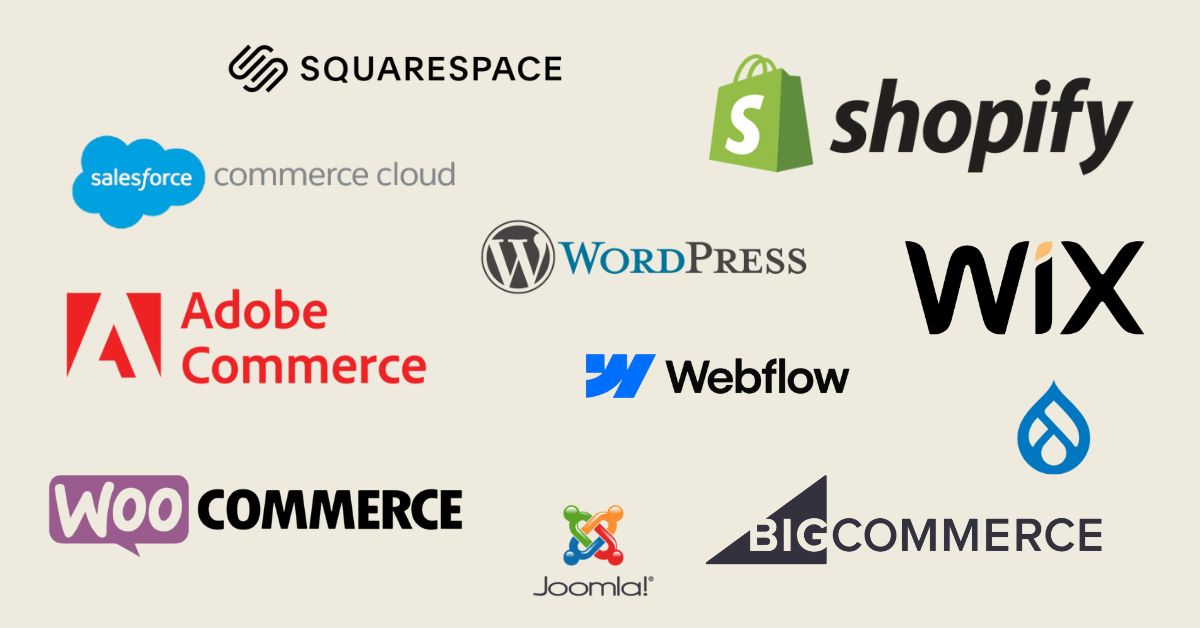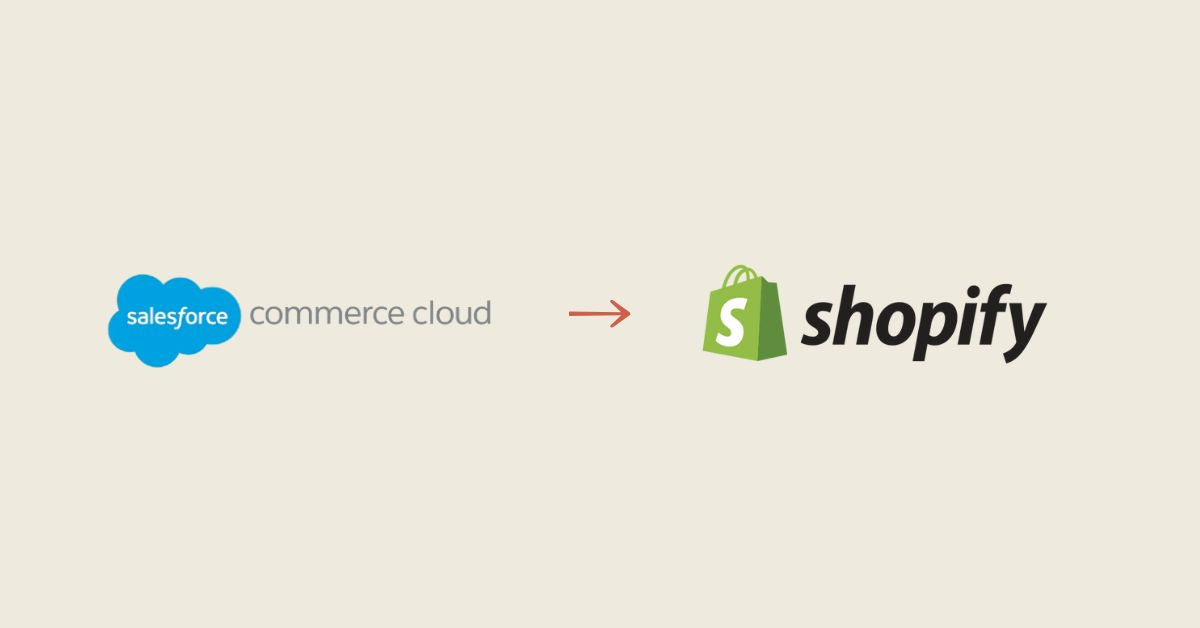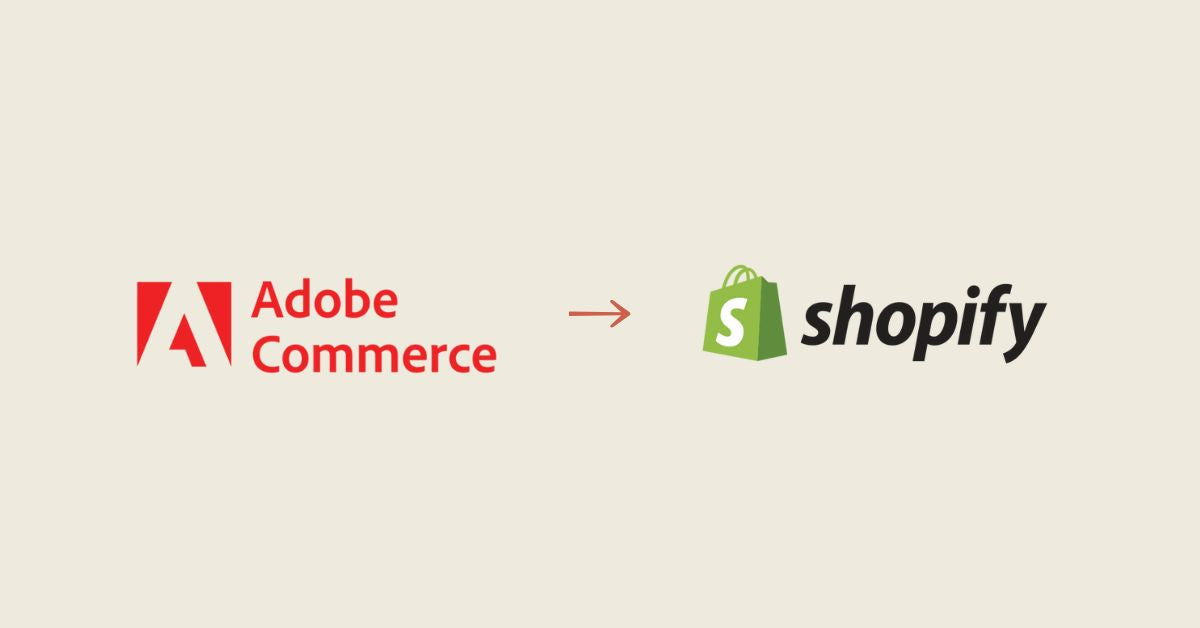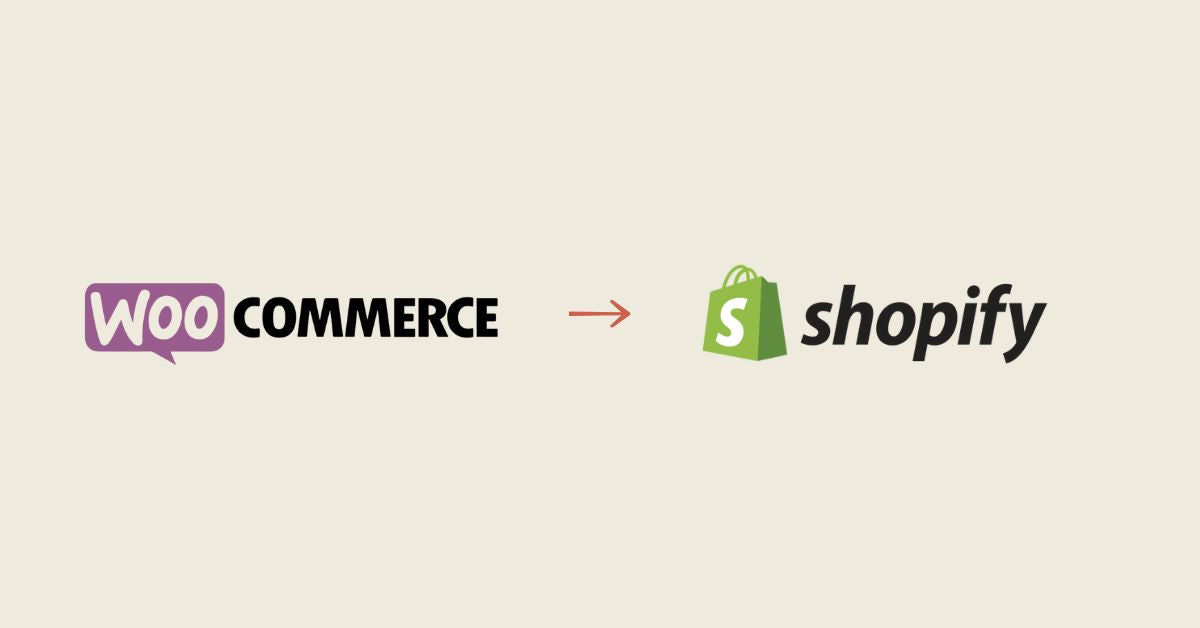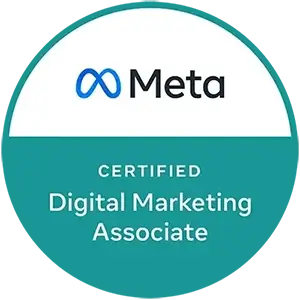Video now occupies a central place in digital content strategy. It captures attention, increases engagement, and can significantly improve your site's SEO if properly optimized. Yet, video SEO remains underutilized by many businesses. Whether you're in eCommerce or the service sector, integrating an effective video SEO strategy gives you a significant competitive advantage.
According to Wyzowl , 91% of businesses use video as a marketing tool, and 87% say it has helped drive traffic to their website.
In this article, learn why and how to optimize your videos for SEO, and how to leverage artificial intelligence technologies like GEO, AEO, and AIO to amplify their impact.
What is video SEO?
Video SEO encompasses all the optimizations that help your video content be better understood, indexed, and ranked by search engines. This applies to both videos hosted on your website and those published on YouTube or other platforms.
The main levers of video SEO include:
-
Optimizing video titles, descriptions, and tags
-
Semantic markup (structured data for videos)
-
Integrating transcripts and subtitles
-
Choosing the hosting platform (YouTube, Vimeo, internal hosting)
-
The context and location of the video on the page
Why is video SEO important?
Videos can appear in rich snippets on Google, in Google Videos, or even directly in organic search results. A well-optimized video:
-
Generates qualified traffic via Google and YouTube
-
Increases time spent on your site
-
Improves engagement rate and conversions
-
Contributes to better user understanding of the content
Best practices for optimizing your videos for SEO
1. Write a keyword-rich title and description
As with a traditional page, the video title and description should include your main keywords. Be clear, descriptive, and relevant. For a service business, consider including the solution provided. For eCommerce, accurately describe the product or demonstration offered.
2. Embed a text transcript
Transcripts help search engines understand the spoken content of the video. They also enrich the page content and improve accessibility. This supports your on-page SEO while also boosting AIO performance.
3. Add subtitles
Subtitles improve the user experience, especially on mobile, and make your videos accessible to a wider audience. They also facilitate better indexing of audiovisual content by AI engines.
4. Use structured data (Schema.org - VideoObject)
This markup allows Google to understand that it's a video, retrieve its title, thumbnail, duration, and sometimes even display a preview in the results. Proper use of video schema improves visibility in rich results.
5. Host your videos strategically
- YouTube : Excellent reach and fast indexing, especially useful for brand awareness.
-
Internal hosting : allows you to keep traffic on your site, but requires special attention at the technical level ( technical SEO ).
The ideal is often to combine the two: publish on YouTube for visibility, and embed on your site for conversion.
6. Contextualize your video on the page
Google takes into account the text environment of the video. Accompany each video with a title, an explanatory paragraph, and relevant internal links to your SEO services or other strategic pages.
AI and Video SEO: How GEO, AEO, and AIO Apply to Videos
GEO (Generative Engine Optimization)
Generative engines like Google Bard or ChatGPT use videos as a source of information. To appear in the generated responses, your videos must be accompanied by well-structured text, including accurate transcripts and descriptions.
AEO (Answer Engine Optimization)
Answer engines (Google Assistant, Alexa, Siri) favor clear, concise content that's suitable for voice search. A video that directly answers a frequently asked question, with an optimized title and description, is more likely to be indexed.
AIO (AI Indexing Optimization)
AIO aims to make it easier for Google's AI to index videos. This requires proper tagging, well-timed subtitles, a readable transcript, and a lightweight video file.
Common mistakes to avoid in video SEO
-
Do not fill in the title and description tags
-
Forgetting to include subtitles or transcripts
-
Host only on YouTube without an on-site integration strategy
-
Do not use structured data
-
Not contextualizing the video with relevant text
Conclusion: video, an SEO lever that is still too underestimated
Video SEO is a powerful driver of organic growth. By implementing these best practices, your videos will become more visible, more engaging, and more profitable.
At Bofu, we help you integrate video into your overall SEO strategy, whether it's YouTube content, product highlights, or service demos:






